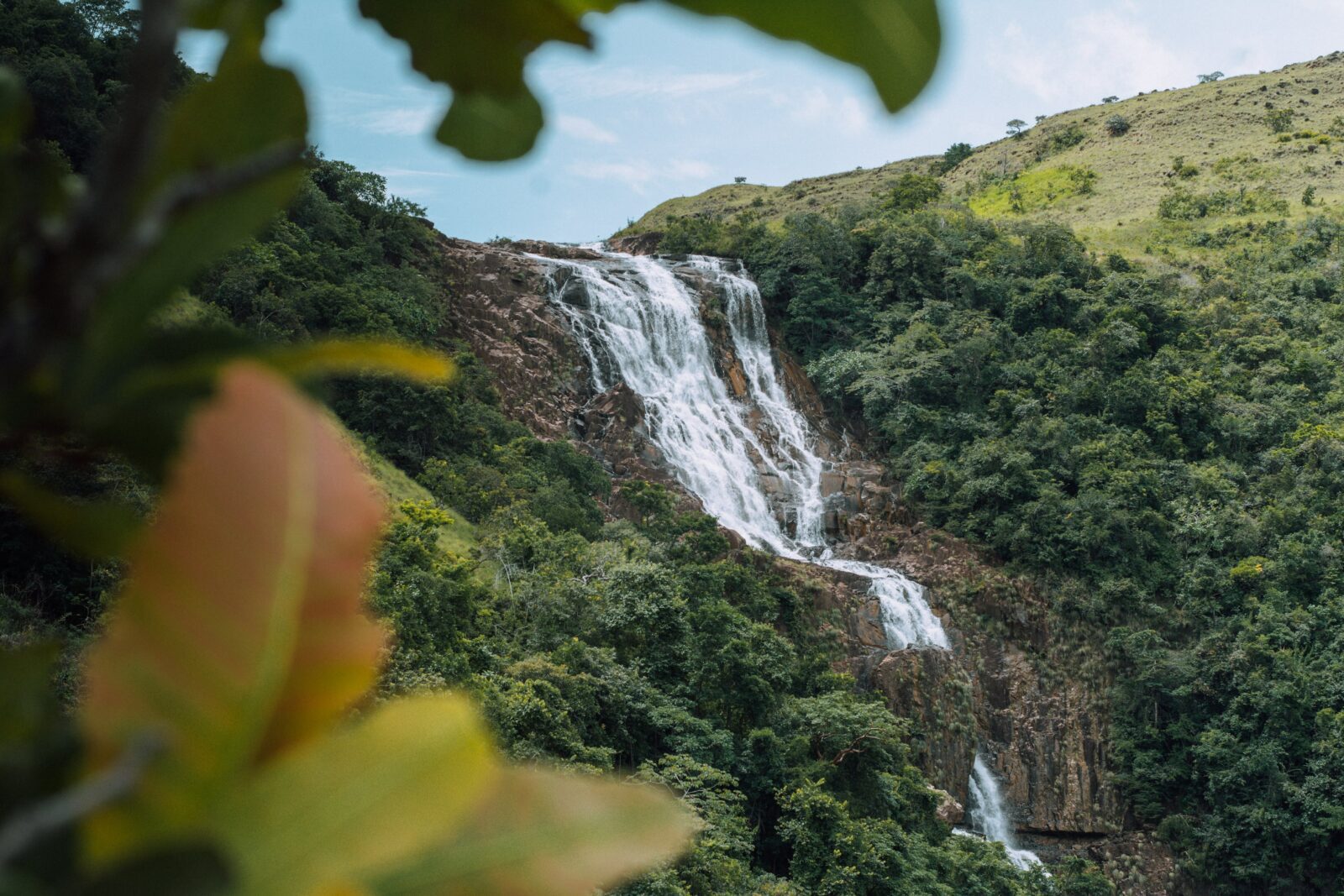Researchers have discovered a hidden channel below Panama that is “flowing” “wind” through the Earth’s mantle layer. Though residing in a geologic powerhouse, the country has few operational volcanoes, according to the findings.
As per a study released last month in the Proceedings of the National Academy of Sciences journal, the entrance, which is about 100 kilometers under central Panama, could serve as an avenue for mantle rock formations and composites to make the journey more than 1,600 kilometers from the place of origin beneath the Galapagos Islands.
The window-like opening is on the Cocos continental plate, that is important for moving ocean crust beneath multiple tectonic plates, resulting in the Central American Volcanic Arc. Subduction is the mechanism that causes lava to flow to the top and violent tremors.
“We can compare volcanic systems to the body of a living organism; when the organism bleeds, it’s kind of like magma bleeding out of the Earth. And you can measure the composition of that magma, just like you can measure a blood type,” declared lead author, David Bekaert.
Approximately 15 million years back, experts claim the South American and Caribbean tectonic plates clashed, triggering volcanism that finally built a narrow patch of land connecting the Americas and dividing the Pacific and Atlantic oceans.
The formation of the Americas led to significant wildlife migration, whereas the split of the two oceans altered the world’s temperature and stimulated the evolution of new species.
“We report the discovery of anomalously high 3He/4He in “cold” geothermal fluids of central Panama, far from any active volcanoes. Combined with independent constraints from lava geochemistry, mantle source geochemical anomalies in Central America require a Galápagos plume contribution that is not derived from hotspot track recycling. Instead, these signals likely originate from large-scale transport of Galápagos plume material at sublithospheric depths,” reads the study.












Leave a Reply